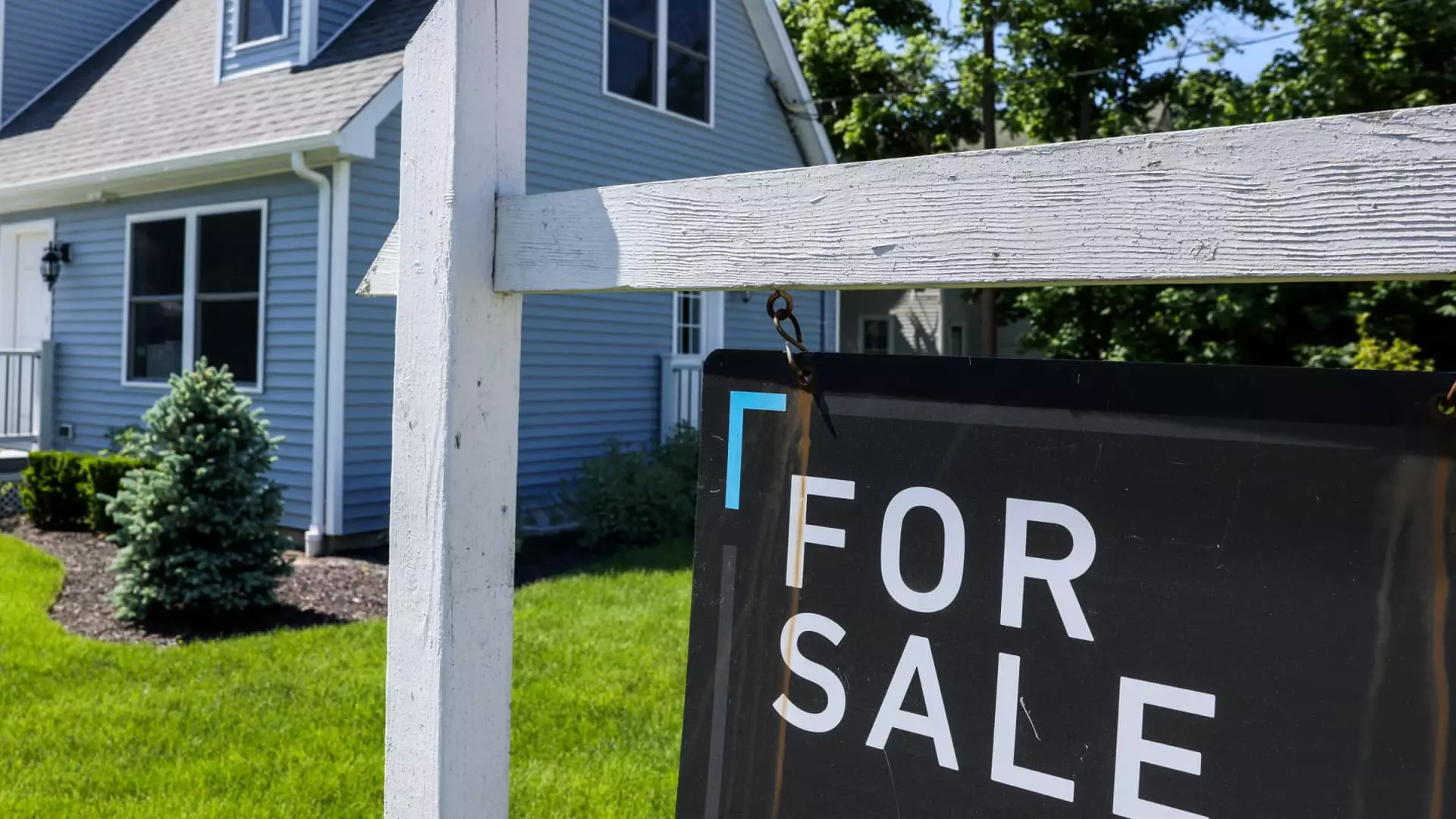The recent uptick in mortgage applications, driven by a marginal dip in interest rates, offers a fleeting glimmer of optimism. However, beneath this surface lie deeper structural issues that threaten the sustainability of what appears to be a market recovery. While data shows a 9.4% weekly increase in mortgage activity, this rally is more a matter of temporary rate adjustments rather than genuine economic strength. The modest decrease in 30-year fixed-rate mortgage rates to 6.77% underscores the fragile nature of current affordability. This slight decline, arguably a technical lull, is unlikely to sustain given the larger trend of fluctuating rates—a pattern that indicates volatility rather than stability.
Refinancing and Purchase Demand: Short-Term Movements, Long-Term Concerns
Refinance activity, which had been languishing due to persistently high interest rates, has seen a surprising resurgence, rising 9% week-over-week and a striking 56% year-over-year. Yet, this surge is deceptive. Many homeowners remain hesitant to refinance, aware that recent rate hikes and market uncertainty diminish the long-term benefits of refinancing. Meanwhile, purchase applications have also increased by 9%, but these figures are magnified by seasonal factors and the typical end-of-summer push. The average loan size, now at $432,600—the lowest since early 2025—reflects cautious buyers, wary of overextending amidst economic unpredictability.
The Underlying Instability Behind the Numbers
While metrics suggest an improving housing market, the reality is far more nuanced. Consumer sentiment remains fragile, impacted by economic uncertainty, inflation concerns, and political turbulence. Elevated contract cancellation rates further illuminate buyer hesitation, casting doubt on the durability of current demand. Despite rising mortgage applications, pending sales have stagnated, indicating that many contracts are being signed with the knowledge that economic headwinds could erode future homebuyer enthusiasm. Additionally, rate increases announced just before and after the Fourth of July show that volatility persists, undermining the notion of a stable or growing housing market.
The Market’s Volatile Future: A False Dawn?
Experts warn that such recent fluctuations could simply be reactive responses to short-term rate adjustments rather than signs of a sustained turnaround. The tendency for rates to rebound after dips—highlighted by mortgage analysts—is a testament to the market’s instability. In a broader sense, this volatile pattern reveals the fragile equilibrium of the current housing market, which remains vulnerable to external shocks and policy shifts. As the economic environment remains uncertain, the perceived recovery based on these recent figures may be more mirage than movement—an illusion of stability in an otherwise fragile landscape.

